How much fuel does it take to power the world?
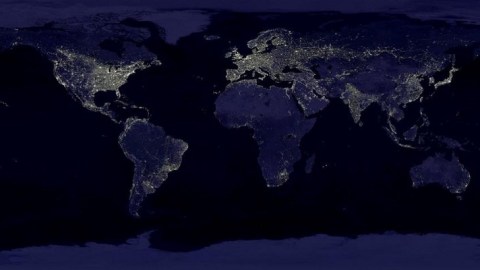
It’s currently billions of tonnes of fossil fuels every year. With new (or existing!) technologies, we could literally change the world.
“In terms of weapons, the best disarmament tool so far is nuclear energy. We have been taking down the Russian warheads, turning it into electricity. 10 percent of American electricity comes from decommissioned warheads.”
–Stewart Brand
Over the past few centuries, the quality of life for the overwhelming majority of the world has increased precipitously. Amenities brought by the widespread availability and distribution of electricity have brought us into the industrial and then the information age. Every day, billions of people access computers, lighting, rapid transportation, phones and innumerable other technologies and conveniences made possible only by using energy. Yet at its core, the energy we access and use simply arises from the conversion of some sort of potential energy. While there are renewable sources such as hydroelectric, wind, and solar, most of our energy comes about by burning fuel. There are many different sources available for this — some practical, some possible, some only theoretical — that illustrate just how much, or how little, the world actually needs.
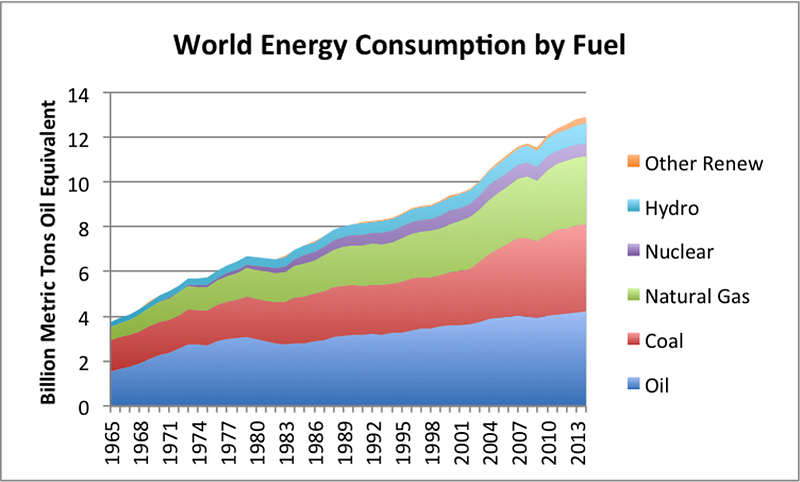
According to the United States’ Energy Information Administration, one of the major world sources that gathers information about the world’s energy use, the amount of energy supplied by all the sources of energy across the world is tremendous: 155,481 TeraWatt-hours as of 2014, the latest year on record. Different fuel sources have different efficiencies for conversion into power and for long-and-short-range transport, so the total amount of energy consumed by households, industries, and businesses is a bit less: only about 70% of that. But the amount of energy the world needs to generate — the equivalent of 5.60 × 10²⁰ Joules — is pretty hard to fathom. So let’s break it down a little differently, and look at the amount of fuel needed to provide that much power.
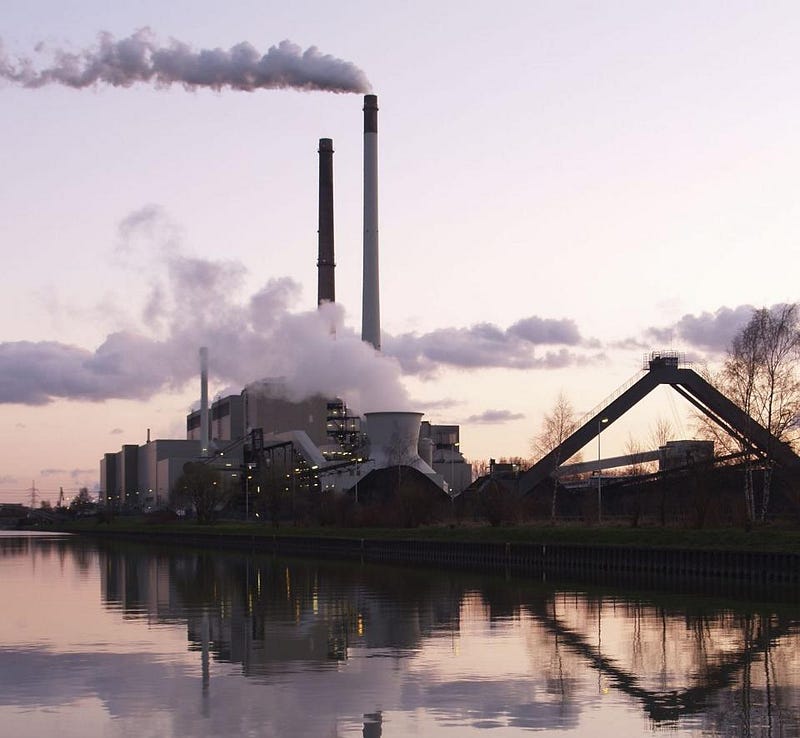
Coal: First used as a heat source due to its compact nature, coal is a form of carbon which can be burned, in the presence of oxygen, to release energy. This is how all fossil fuels, or any carbon-based fuel, works on Earth, where oxygen is abundant in our atmosphere. For every kilogram of coal that gets burned, a total of 2.312 × 10⁷ Joules of energy gets released, meaning we need to burn a total of 24 billion tonnes of coal in order to meet Earth’s energy needs. As it is, coal is responsible for about a third of our world’s current energy production, which means that 8 billion tonnes of highly-polluting coal gets burned every single year.
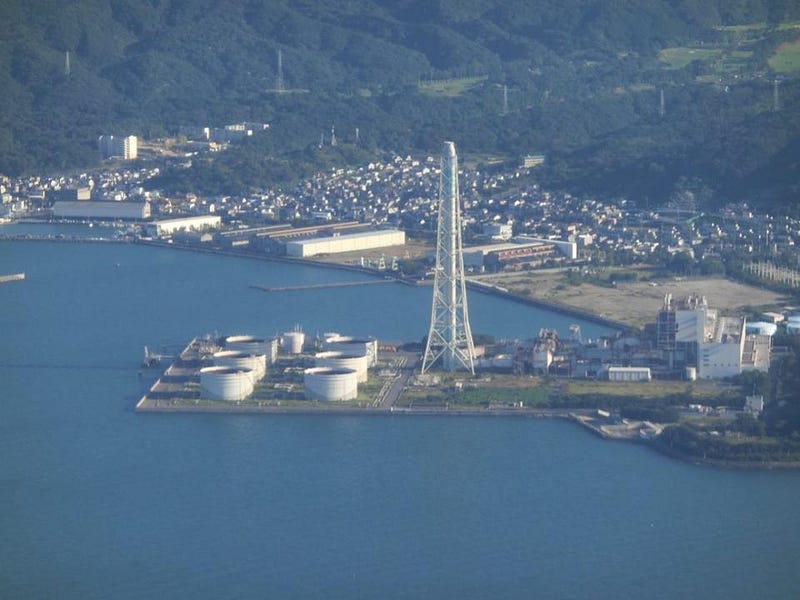
Oil: This includes diesel, gasoline, heavy fuel oil, and liquified petroleum, among others. While coal was the dominant fuel of the 18th and 19th centuries, oil rose to prominence in the 20th century with the advent of the automobile and the airplane. Like coal, oil relies on combustion; unlike coal, oil will net you more energy for the same mass of fuel. For every kilogram of oil (in the form of gasoline) that gets burned, a total of 4.64 × 10⁷ Joules of energy is liberated, which would mean 12 billion tonnes of oil are needed to power the planet in a given year. Since oil first entered widespread use in the 1850s, it’s estimated we’ve burned somewhere between 100 and 135 billion tonnes of oil, with another 4 billion tonnes burned every year at the present rate.
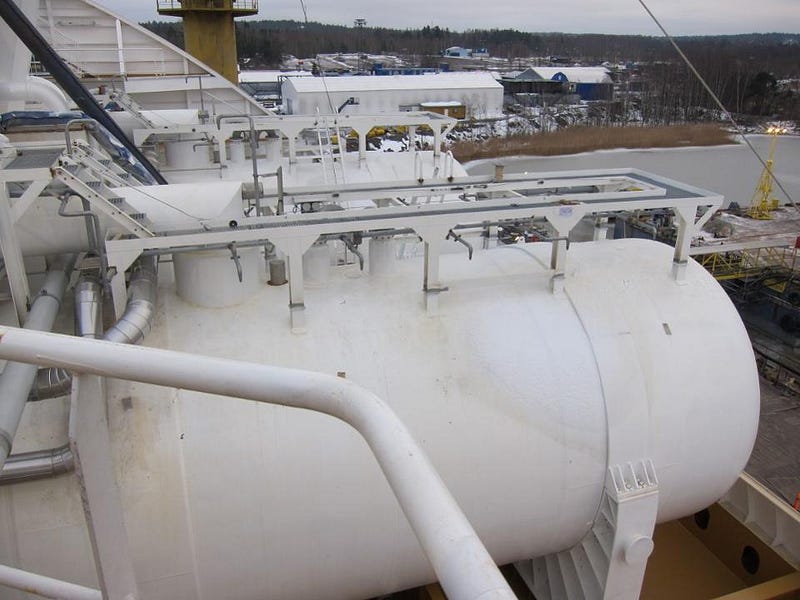
Gas: You’ve likely heard that replacing other fossil fuel sources with liquid natural gas (LNG) has brought about the greatest reduction in environmental pollution in recent years. It’s true; LNG now supplies over 20% of the world’s energy needs, is more fuel-efficient than both coal and oil, and has fewer toxic pollutants in it than either one. For every kilogram of LNG that undergoes combustion, 5.36 × 10⁷ Joules of energy can be gained, meaning it would take a mere 10.4 billion tonnes of gas to power the world. These are still huge numbers, though, and there is no reduction in terms of one important pollutant — Carbon Dioxide — to be gained by choosing gas over coal or oil. To achieve that goal, we need to look away from carbon-based fossil fuels.
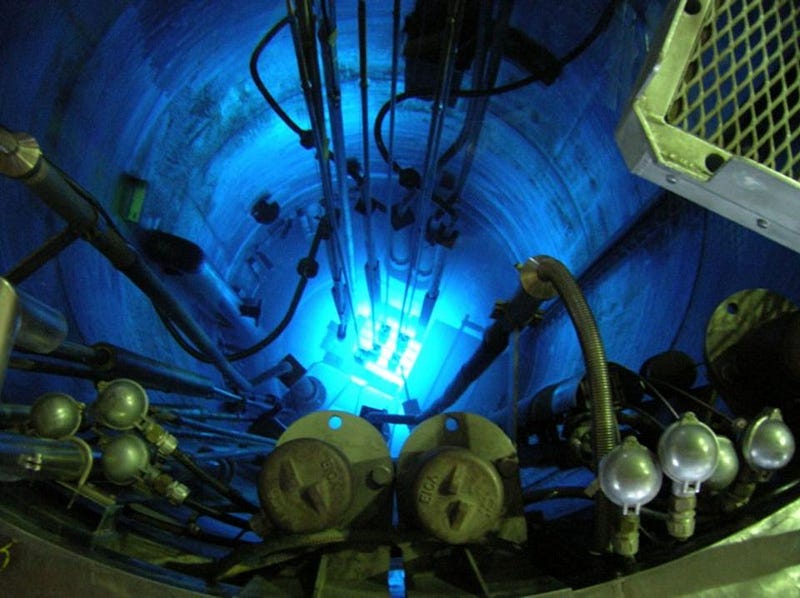
Nuclear: Instead of using carbon-based fuel, we could instead look to the heavy, fissionable elements present on Earth: elements like uranium or thorium. Uranium breeder-reactors take advantage of the fact that when U-235, the second-most common isotope of uranium, is hit with a slowly-moving neutron, it absorbs it and splits apart into lighter elements, releasing further neutrons and enabling a chain reaction to be set off. Nuclear reactors successfully control the rate of reaction, allowing the rate of energy production to be tuned as well. Although U-235 is far less abundant than coal, oil, or gas, and requires heavy refining to produce reactor-grade fuel, nuclear power is far more efficient, with 8.06 × 10¹³ Joules of energy released for every kilogram of uranium in a breeder reactor. To power the world, it would only take 7,000 tonnes of uranium fuel each year. Nuclear power currently provides only a few percent of the world’s energy, with 444 reactors currently operating and another 62 presently under construction.
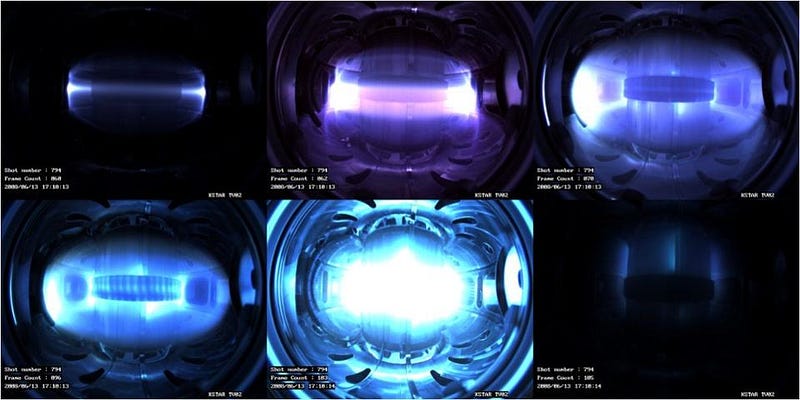
Nuclear fusion: We don’t presently have this technology as a viable power source on Earth, but nuclear fusion is one of the holy grails of the energy world. Abundant, light elements (like hydrogen and its isotopes) can be fused together into heavier elements, releasing a tremendous amount of energy in the process. This is the energy process that powers the Sun, where the heavier elements actually have less mass than the lighter elements that went into creating them; the release of energy via Einstein’s E = mc² is where nuclear energy comes from. Even more efficient than fission, nuclear fusion would liberate 6.46 × 10¹⁴ Joules of energy per kilogram of hydrogen fuel, meaning it would take a mere 867 tonnes of hydrogen to power the world. The abundance of hydrogen, the lack of atmospheric pollution, and the controllable nature of radioactive products to come out of fusion makes it the most promising energy source of the future.
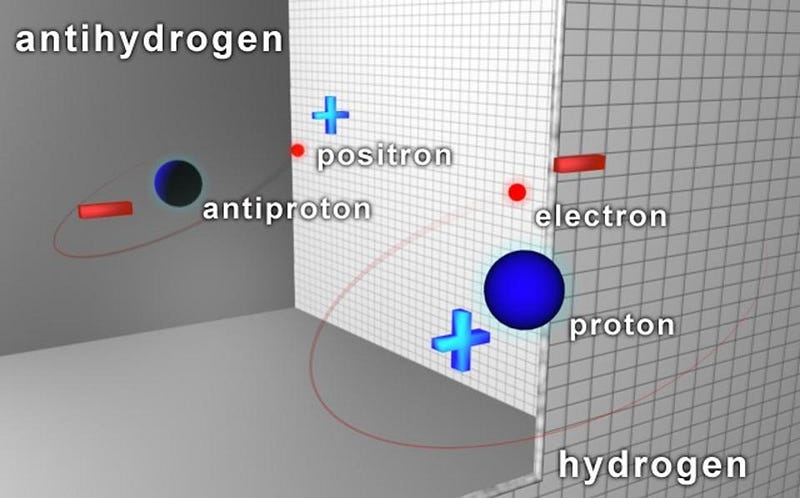
Antimatter: Why not dream of the ultimate energy source: antimatter! If nuclear fission and fusion reactions both enable the release of a substantial fraction of a particle’s mass in the form of energy, why not simply convert the whole thing? When you collide an antimatter particle with its matter counterpart, that’s exactly what you get. A perfect conversion of antimatter-and-matter into energy releases 8.99 × 10¹⁶ Joules of energy per kilogram of combined matter/antimatter, which means you only need 3.1 tonnes of antimatter (and another 3.1 tonnes of matter) to power the whole world for a year. On a daily basis, that would be a meager 8.5 kilograms of antimatter; too bad that even the largest production facilities of antimatter — particle accelerators — can only produce about a microgram’s worth per year.
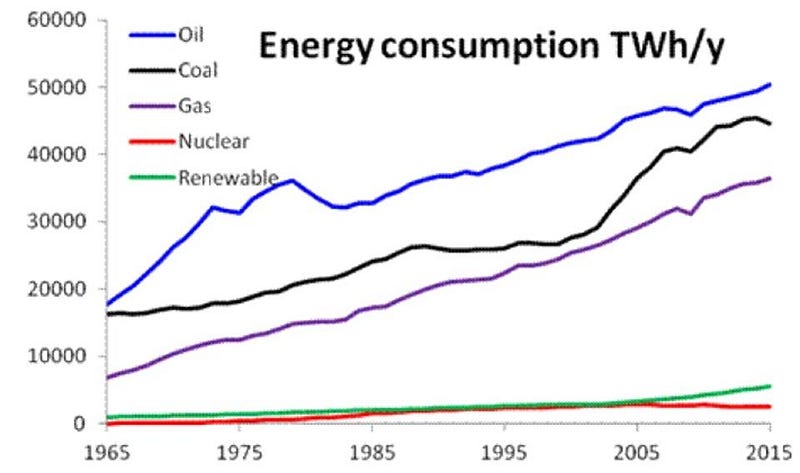
On Earth, we’re currently burning more than ten billion tonnes of fossil fuels per year worldwide, supplying some 80% of our energy needs through those methods. Unfortunately, air-and-water pollution, along with vast atmospheric changes, have arisen from this. Renewable sources of energy are one potential (although, arguably only a partial) solution, but nuclear power — if it can be done safely — could solve our fossil fuel problem today, with current technology alone. With the amount of fuel it presently takes to power the world, the cost of doing nothing is not only far too high, but will be borne by humanity for generations to come.
Ethan Siegel is the author of Beyond the Galaxy and Treknology. You can pre-order his third book, currently in development: the Encyclopaedia Cosmologica.





